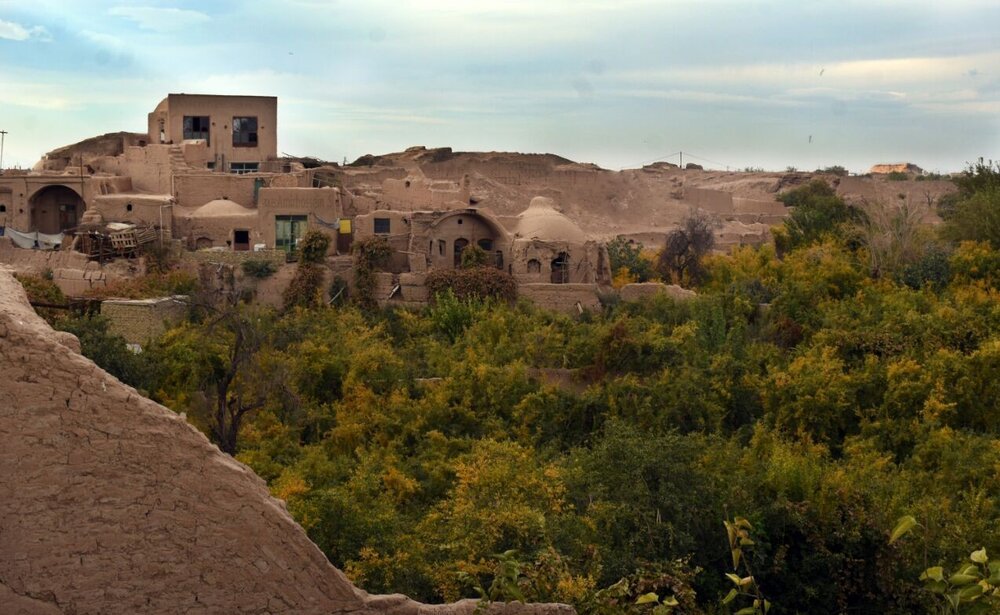Historical core of Shahedieh made national heritage

TEHRAN – The historical texture of Shahedieh, a mudbrick town in Iran’s Yazd province, has been added to the national heritage list, the provincial tourism chief has said.
The historical texture, which has been recently demarcated, was inscribed on the prestigious list last week, ISNA quoted Seyyed Mostafa Fatemi as saying on Sunday.
The registration will allow for better preservation and to prevent destruction and illegal constructions, the official added.
Historical textures of some other cities across the province such as Yazd, Ardakan, Meybod, Abarkooh, and Mehriz have also been registered on the national list, he noted.
Referring to the historical structure of the city of Yazd, which was named a UNESCO World Heritage in July 2017, he expressed hope that the historical texture of Shahedieh to be accepted as a World Heritage in the years to come.
With mud-brick houses and several gardens and qanat systems, which have supplied water for them in the heart of the desert, the historical texture of Shahedieh is one of a kind.
The concept of “Persian Qanat” was registered on the UNESCO World Heritage list in 2016, representing a selection of eleven aqueducts across Iran.
According to UNESCO, the qanats provide exceptional testimony to cultural traditions and civilizations in desert areas with an arid climate.
The qanat system relies on snow-fed streams, which flow down the foothills of surrounding mountains channeling through sloping aqueducts, often over far distances to discharge into the city’s underground reservoirs or ab-anbars.
Such constructions are still in practice, many of which were made from the 13th century onwards. Yazd is among ancient cities which have applied this concept to make urban settlements possible in central Iran.
ABU/AFM
Leave a Comment